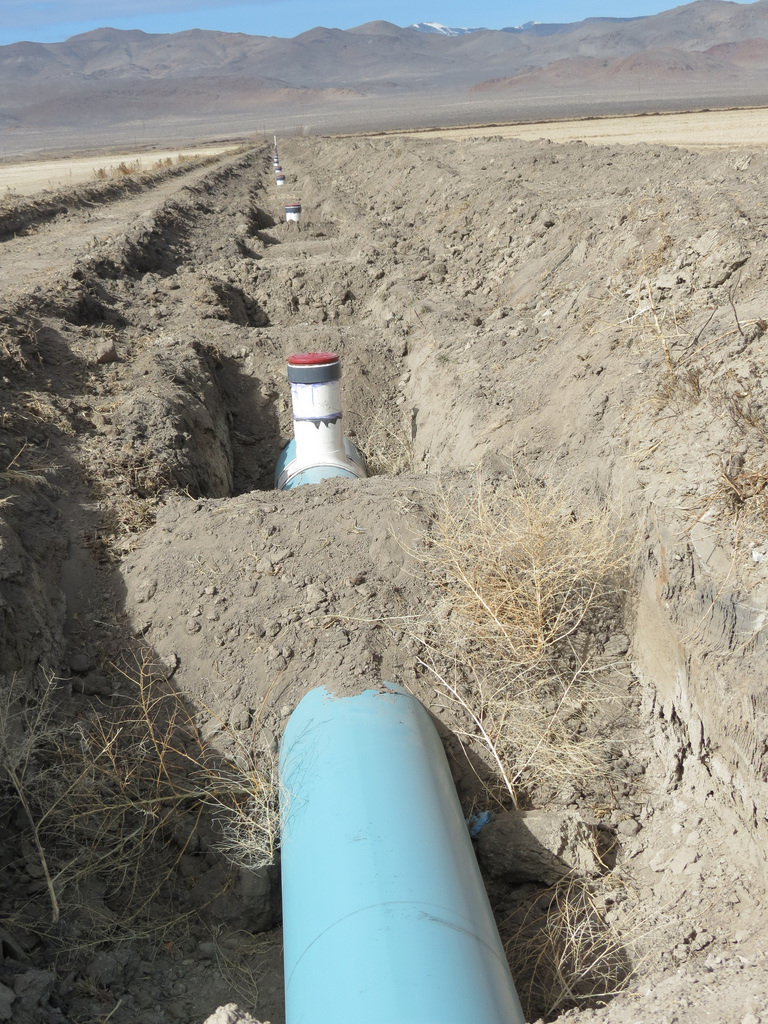| Life is full of contradictions, but here is one to which Utah lawmakers should pay close attention: Odd as it may seem, the less we are charged for the water we get from the tap, the more we will have to pay. Or, as a newly released audit from the Legislative Auditor General’s office put it, “Unless water demand is reduced, new sources of supply will need to be developed and delivered from greater distances, resulting in increased costs.” Those new water projects may cost in the billions. And, as the report makes abundantly clear, cheap water leads people to use more of it. The Irvine Ranch Water Conservancy District in California provides a ready example. After it imposed an aggressive pricing structure — users were given cheap water up to a point, then had to pay dearly for using any excess — per capita water usage fell by |
| | 50 percent. To put this in further perspective, consider that Utah’s per capita water usage, at 248 gallons per person, is the highest in the nation. Arizonans, millions of whom live in a place known as the Valley of the Sun, use just 196. Salt Lake City’s water rates are 30 percent less than those in Phoenix. And while many Utah water districts make people pay more the more they use, the difference is paltry compared to the pricing structures elsewhere in the nation. The audit comes at a critical time in the history of the West. How Utah lawmakers react will be a test of their leadership. In California, the state water board has just imposed regulations that require water districts to reduce their usage by 25 percent or face fines of up to $10,000. The districts themselves will get to decide how to do this, but the time-honored method of merely asking people to use less while snitching on their wasteful neighbors hasn’t worked. As USA Today reported, statewide water usage fell by only 3.6 percent in March compared to March of 2013, a reduction that hardly registered. Finally, those districts seem to be turning toward economic incentives. Utah, meanwhile, still hasn’t learned. The city of Lehi has joined a growing list of communities whose leaders can’t think of anything better to do than impose restrictions and fines. Residents may water only two days per week, no outdoor water toys may be used (goodbye water fights), and if you must water your car, it has to be done on your lawn. The first violation is a $100 fine. The third will cost $500. Ironically, if the city would apply that kind of graduated pricing schedule to its water rates, it wouldn’t need to worry so much about people firing up the Water Wiggle. Parents would lump that in the category of serving black caviar for dinner and other things they can’t afford. The audit is just one more credible voice calling for higher water rates in Utah, as well as for laws that require the metering of all water usage. Last fall, the Utah Foundation issued a report that reached much the same conclusion. But before people in Utah can pay a price for water that reflects its true value, the state needs to remove property tax subsidies that help fund water districts. Only the Legislature can do that, and lawmakers have stood firm against the idea at least since former Gov. Mike Leavitt first proposed it more than a decade ago. The audit says the Central Utah Water Conservancy District, for instance, receives nearly 70 percent of its revenue from property taxes. In truth, we are indeed paying the true cost of water, but in ways nobody relates to water usage. The audit also notes that unreliable figures are being used to project future water usage in Utah, which could lead to unnecessary costs. All of this should serve as a cold splash to the face. As yearly snowpack diminishes and the population grows, Utah can’t afford to get this one wrong. Or, as Utah Foundation research analyst Mallory Bateman told me, “The lesson from California is that it kind of takes something catastrophic in order for people to learn. Hopefully, we can learn lessons by watching from afar.” |


 RSS Feed
RSS Feed

